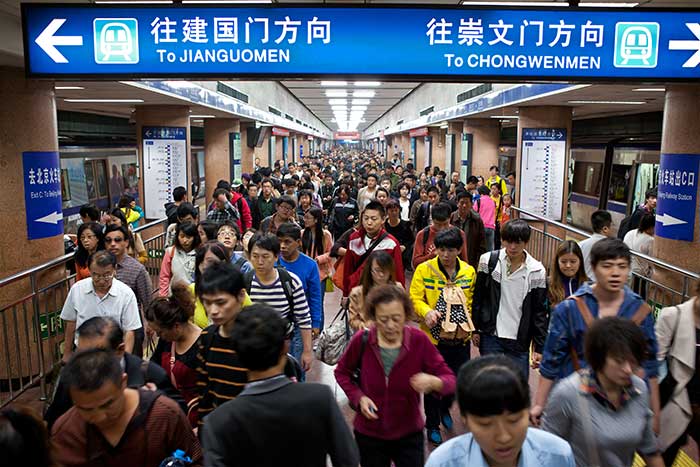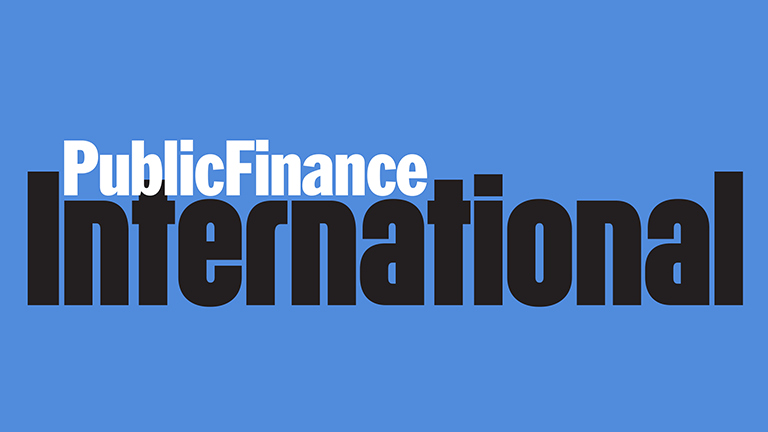Debt owed by non-financial firms rose to 170% of GDP in 2016 – the highest among leading economies. Two-thirds of that can be attributed to state-owned enterprises, encouraged by implicit government guarantees for public entities.
These implied underwritings should be “gradually removed”, the OECD said today, alongside a number of other measures to tackle financial risks, such as restricting leveraged investment in asset markets.
China is in the midst of a drive to transition its economy from a booming powerhouse to a more sustainable growth model, focused on consumption – a move deemed necessary in China and beyond.
While this has pushed China’s growth down to its lowest level since 1990, numerous observers have noted that ballooning levels of debt represent an ongoing risk to stability, especially as growth slows.
“After decades of breathtaking expansion, the focus should be on making growth more resilient, sustainable and inclusive, and addressing risks,” said OECD secretary-general Angel Gurría.
“China’s economy should now be driven less by physical investment and more by innovation, it should deleverage and it should, above all, become greener.”
The OECD recommended China work to fully harness its success in science and technology as a source of growth, increase the levels of competition in many sectors and take measures to ensure unviable firms leave the market, freeing up resources. A key step in this area would be improving bankruptcy procedures.
Steps also need to be taken to reduce inequality, the OECD continued. China’s current tax and benefits system should be improved to more effectively distribute income. For instance, currently many low-income households pay greater contributions than richer ones.
“Vast disparities” also exist in education, the report said. It called for increased public funding for childcare, encouragement for early childhood education in rural areas and greater benefit payments (from both central and provincial governments) to poorer areas.














